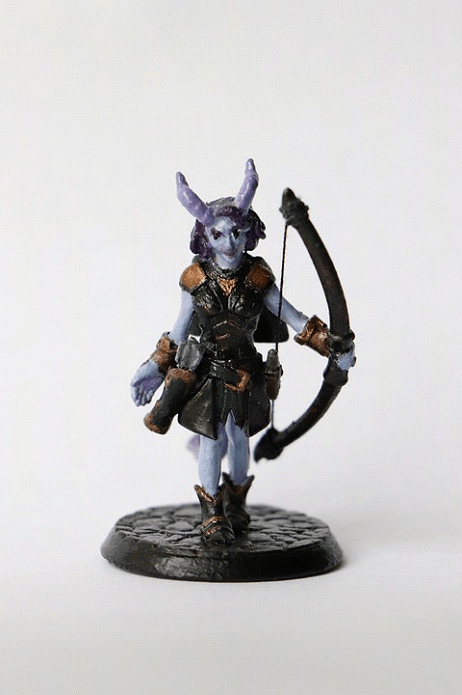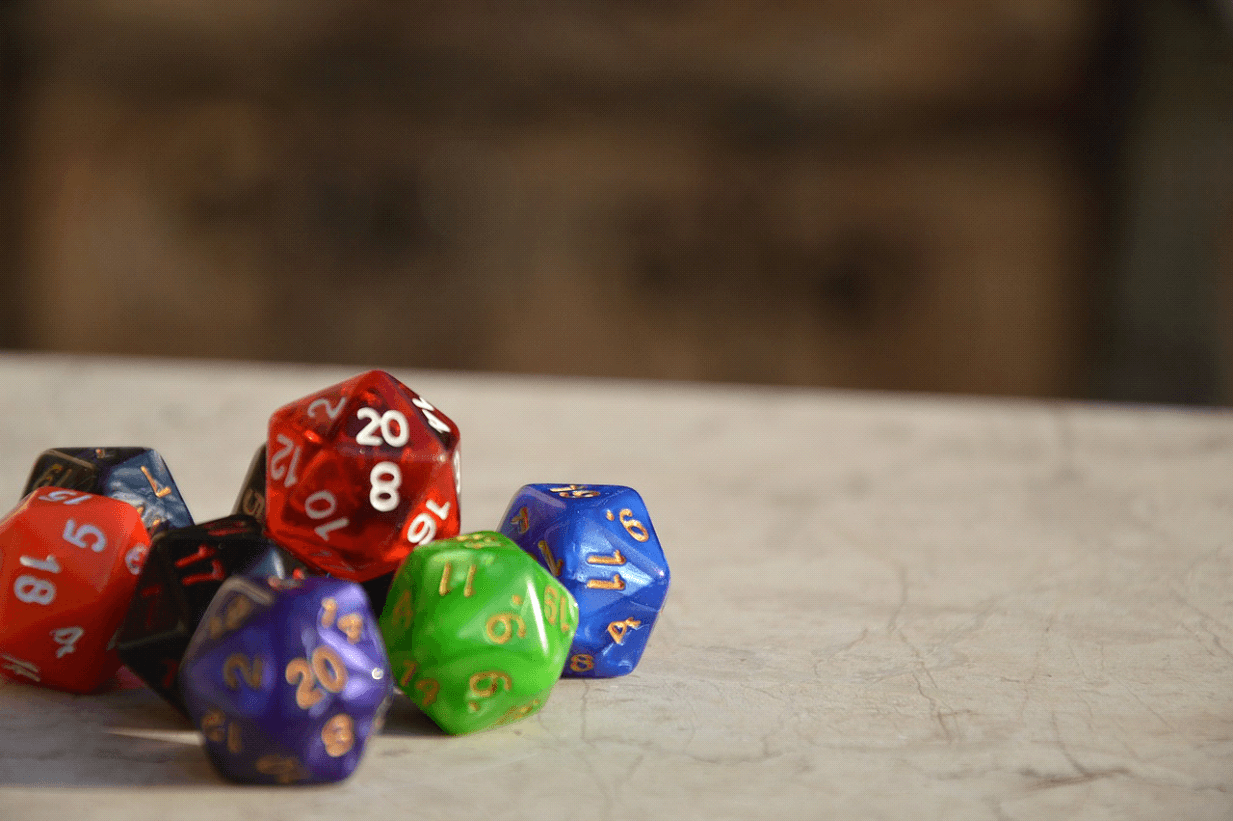Fillable Form DND Character Sheet
A Dungeons & Dragons (D&D) Character Sheet is a form that records all the essential details about a player's character in the tabletop role-playing game Dungeons & Dragons. It serves as a reference during gameplay, tracking a character’s abilities, statistics, and progress.
Fill and sign DND Character Sheet online and download in PDF.
What is a DND Character Sheet?
A DND character sheet is a form used by players of the tabletop role-playing game Dungeons and Dragons, abbreviated as DND or D&D, in order to record and update information about their character as the campaign continues. The exact form of a DND character sheet may also change depending on the edition of DND that you are playing. The current and most recent edition is fifth edition, but there are still documents that outline the general rules and basic campaign settings for the previous editions. If a new version or edition is released, a player's handbook will be made in order to outline the changes in the new system.
Having a character sheet is highly important for the roleplay aspect of the game. Character sheets provide information on the skills, abilities, attributes, and personality of a character, which can be used by both the player and the Dungeon Master of the campaign to create an engaging and fun roleplaying experience for everyone at the table.
In the event that a player’s character is removed from the game for any reason, a character sheet can be used to create a new character, should Dungeon Masters allow it.
How do I fill out a DND Character Sheet?
Get a copy of DND Character Sheet template in PDF format.
A general template for a D&D Character Sheet can be found here. However, make sure to check with your Dungeon Master (DM) to see if they have their own version of the character sheet, or if particular changes to the sheet need to be made for your campaign. The DM’s supervision may also be needed when you roll dice to determine stats, to ensure that no character is too strong or too weak.
Some DMs allow players to use digital character sheet templates. Make sure that the DM's campaign settings and any essential rules for the campaign are kept in mind in order to create the best play experience for everyone.
Character Details
Enter the following details about your character in the spaces provided.
- Character Name
- Class and Level
- Background
- Name of Player
- Race
- Alignment
- Experience Points
Character Stats
Roll a die according to the character building process set by your DM, then enter the results for each stat in the boxes below:
- Strength
- Dexterity
- Constitution
- Intelligence
- Wisdom
- Charisma
In the circles under each stat, enter the modifier that will be applied to that stat according to your class, race, and other role-playing factors.
Inspiration and Proficiency Bonus
Enter how much Inspiration the character currently has, then enter the value of the character’s proficiency bonus.
Saving Throws and Skills
For each of the below, enter the value of any modifiers that will be applied to the result of rolls for the given stat:
- Strength
- Dexterity
- Constitution
- Intelligence
- Wisdom
- Charisma
Then, for each of the skills below, enter the value of any modifiers that will be applied to the result of any rolls made for those purposes.
- Acrobatics
- Animal Handling
- Arcana
- Athletics
- Deception
- History
- Insight
- Intimidation
- Investigation
- Medicine
- Nature
- Perception
- Performance
- Persuasion
- Religion
- Sleight of Hand
- Stealth
- Survival
Passive Wisdom (Perception) and Other Proficiencies/Languages
Enter the passive wisdom or perception modifier of your character, then enter any other skills or languages they may have based on the background/story you have given them.
Battle Stats
Enter the following details about your character’s battle-related stats.
- Armor Class
- Initiative
- Speed
- Maximum and Current Hit Points
- Total of Hit Dice
- Number of Hit Dice
- Successes and Failures on Death Saves
Attacks and Spellcasting
List down each of the attacks and spells your character can use, as well as their attack bonus and the amount of damage and type of damage they deal.
Equipment
List down the equipment your character is wearing, as well as any magic items that your character may possess.
Personality Details
Enter the following information that will serve to flesh out your character’s personality.
- Personality Traits
- Ideals
- Bonds
- Flaws
- Features and Traits
Character Information
Enter the following information about your character in the spaces provided.
- Character Name
- Age
- Height
- Weight
- Eyes
- Skin
- Hair
Character Appearance
Enter a description of your character’s appearance, or place a picture depicting your character.
Allies and Organizations
Enter a brief list of the allies your characters has, and the organization(s) they are part of. If your character is currently part of a particular organization, enter the organization’s name and their symbol in the space provided.
Character Backstory
Enter your character’s backstory.
Additional Features and Traits, Treasure
Enter any additional features and traits (physical or otherwise) your character has, and any treasures they keep on their person.
Spellcasting Class
If your character can cast spells, enter their spellcasting class in the space provided, then enter their spellcasting ability, spell save DC, and spell attack bonus in the spaces provided.
Spell List
Enter in each of the spell levels provided the cantrips and spells that your character has access to. For each spell level, enter how many total slots your character has for that spell level, and how many slots have already been used (if you have not taken a long rest yet).
Start filling out a DND Character Sheet sample and export in PDF.
Frequently Asked Questions (FAQs)
Why are ability scores important in D&D?
Ability scores determine a character's strengths and weaknesses in areas like strength, dexterity, and intelligence. They impact various aspects of gameplay, including combat and skill checks.
How do you calculate a character's ability modifiers?
Ability modifiers are calculated by subtracting 10 from the ability score and then dividing by 2, rounding down. For example, an ability score of 14 has a modifier of +2.
What is a proficiency bonus?
A proficiency bonus is a bonus added to skill checks, attack rolls, and saving throws a character is proficient in. It increases as a character levels up.
How do hit points (HP) work in D&D?
Hit points represent a character's health and ability to sustain damage. They are determined by the character's class, level, and constitution modifier.
What is the significance of a character's armor class (AC)?
Armor class represents how difficult it is for opponents to land a successful hit on a character. It is influenced by armor, dexterity, and other modifiers.
How do you determine a character's AC?
A character's AC is calculated using the base AC of their armor, plus their dexterity modifier and any additional bonuses from shields or magical items.
What is initiative in D&D?
Initiative determines the order in which characters act during combat. It is usually decided by rolling a 20-sided die and adding the character's dexterity modifier.
What are saving throws?
Saving throws are checks to avoid or reduce damage from threats like traps, spells, or poisons. They use a character’s ability modifiers and sometimes proficiency bonuses.
How are skill checks performed?
Skill checks are performed by rolling a 20-sided die and adding the relevant ability modifier and proficiency bonus if the character is proficient in that skill.
What is a spellcasting ability?
A spellcasting ability is the primary ability used for casting spells, varying by class (e.g., Intelligence for Wizards, Wisdom for Clerics). It affects spell attack rolls and save DCs.
What are spell slots?
Spell slots are used to cast spells. Higher-level spells require higher-level slots, and the number of slots available increases as a character levels up.
What is a spell save DC?
A spell save DC is the difficulty class for an opponent to resist a character's spell effects. It is calculated as 8 + the caster’s proficiency bonus + their spellcasting ability modifier.
What are hit dice?
Hit dice are used to restore hit points during a short rest and are rolled to determine HP increase when leveling up. The type of die is determined by the character’s class.
What is a background in D&D?
A background provides additional skills, proficiencies, and equipment, as well as character traits and narrative hooks. It helps flesh out the character's history and personality.
What is an alignment?
Alignment describes a character's moral and ethical outlook, ranging from lawful to chaotic and good to evil. It guides character behavior and decision-making.
Create a DND Character Sheet document, e-sign, and download as PDF.
Keywords: dnd-character-sheet dnd 5e character sheet dnd character sheet pdf dungeons and dragons character sheet 5e character sheet d&d character sheet


















